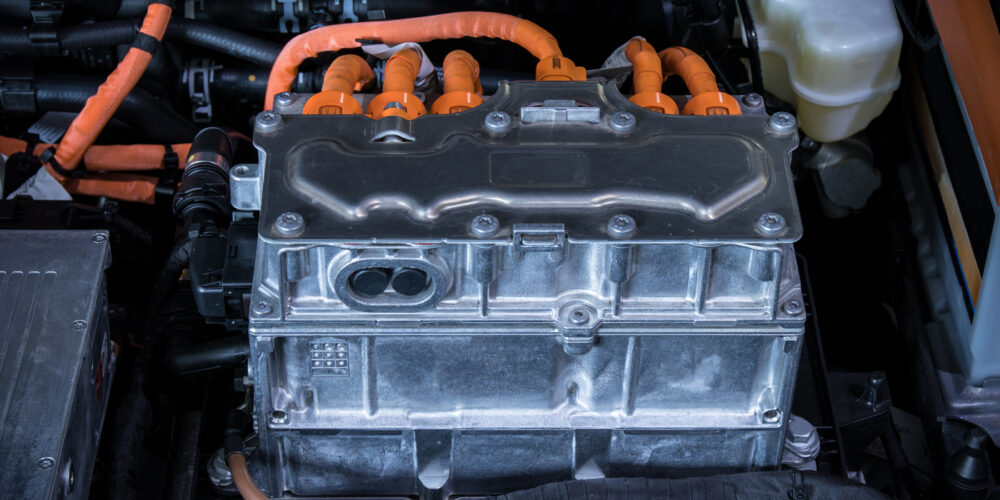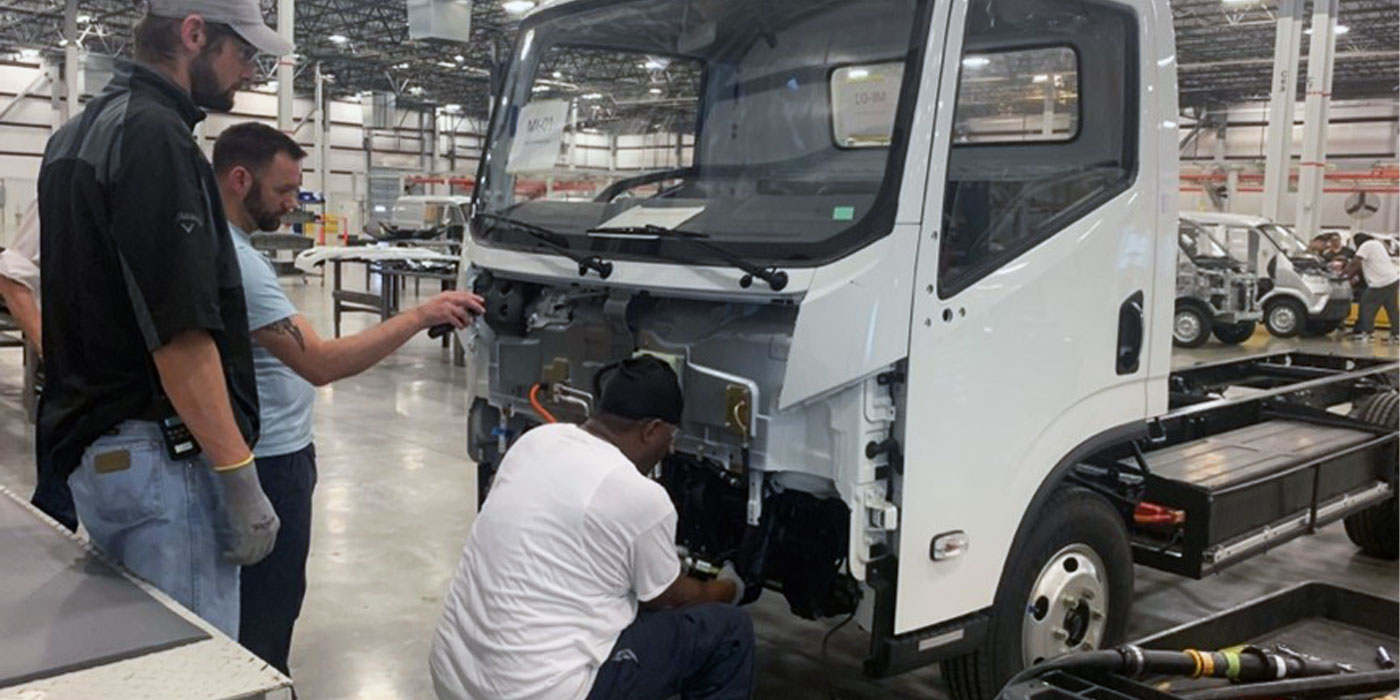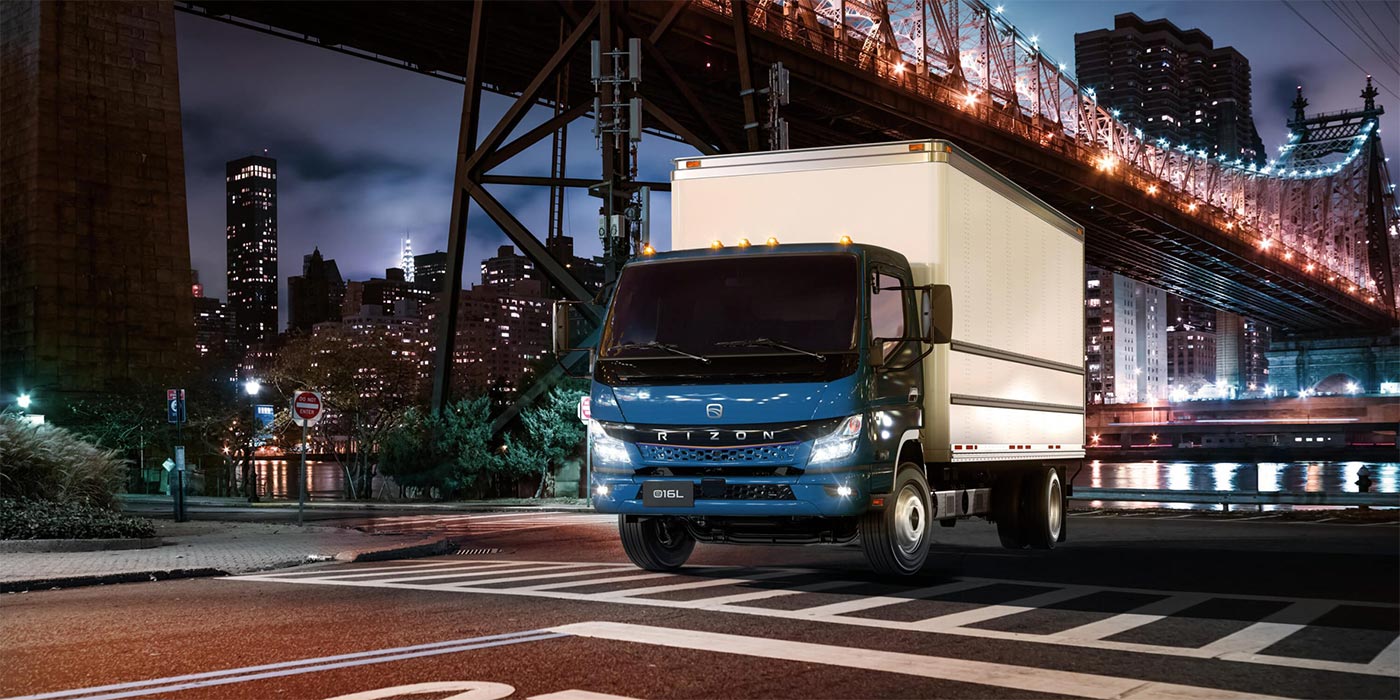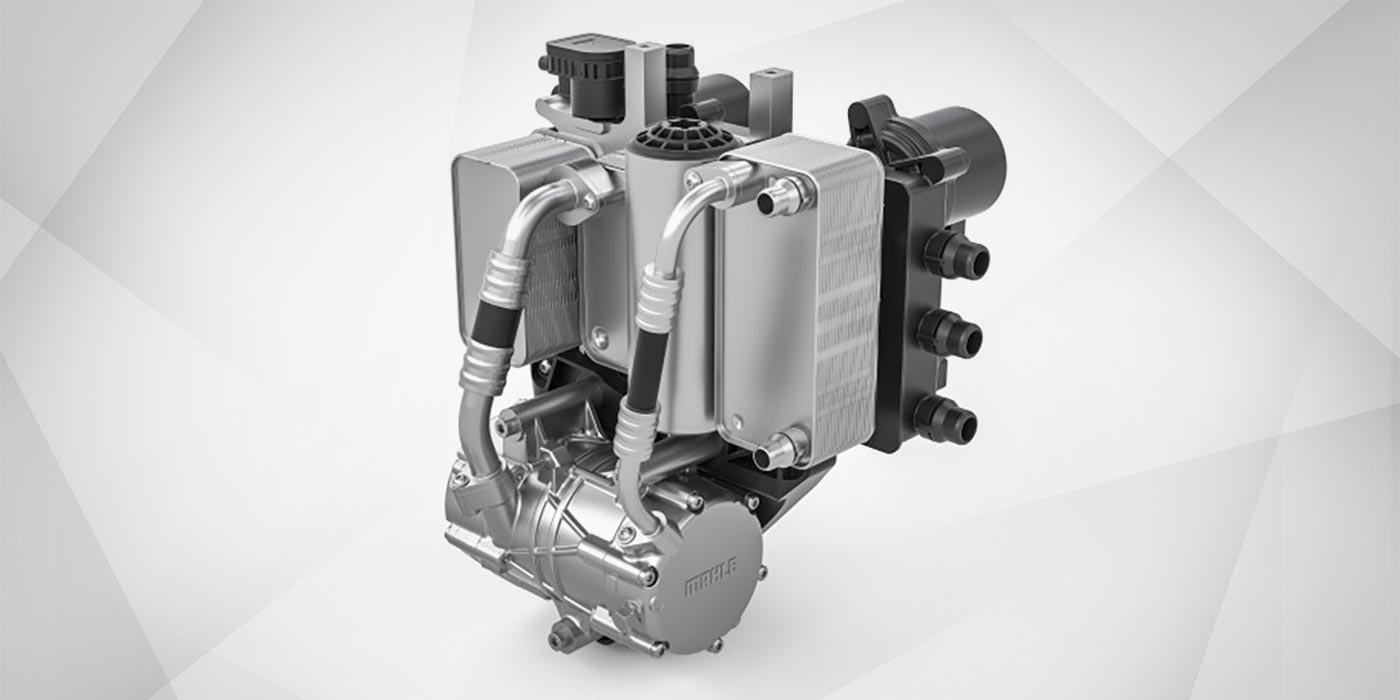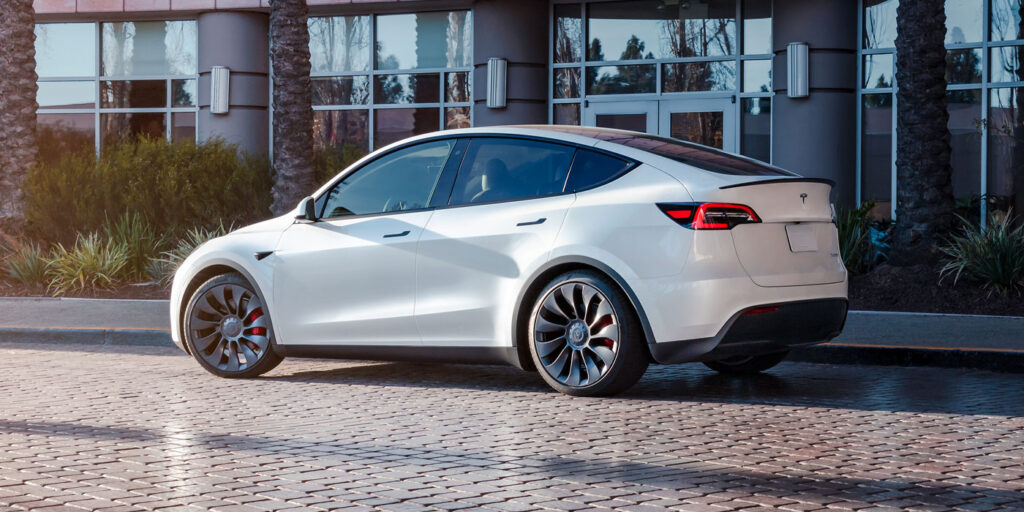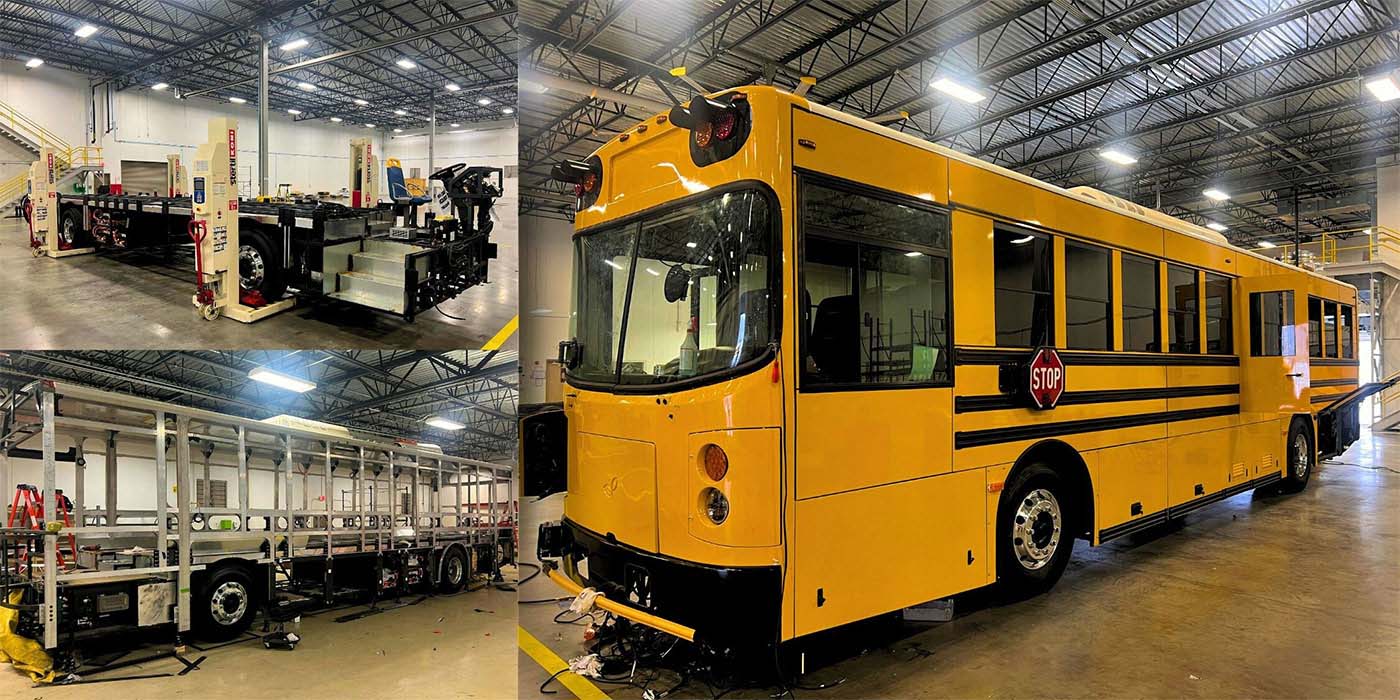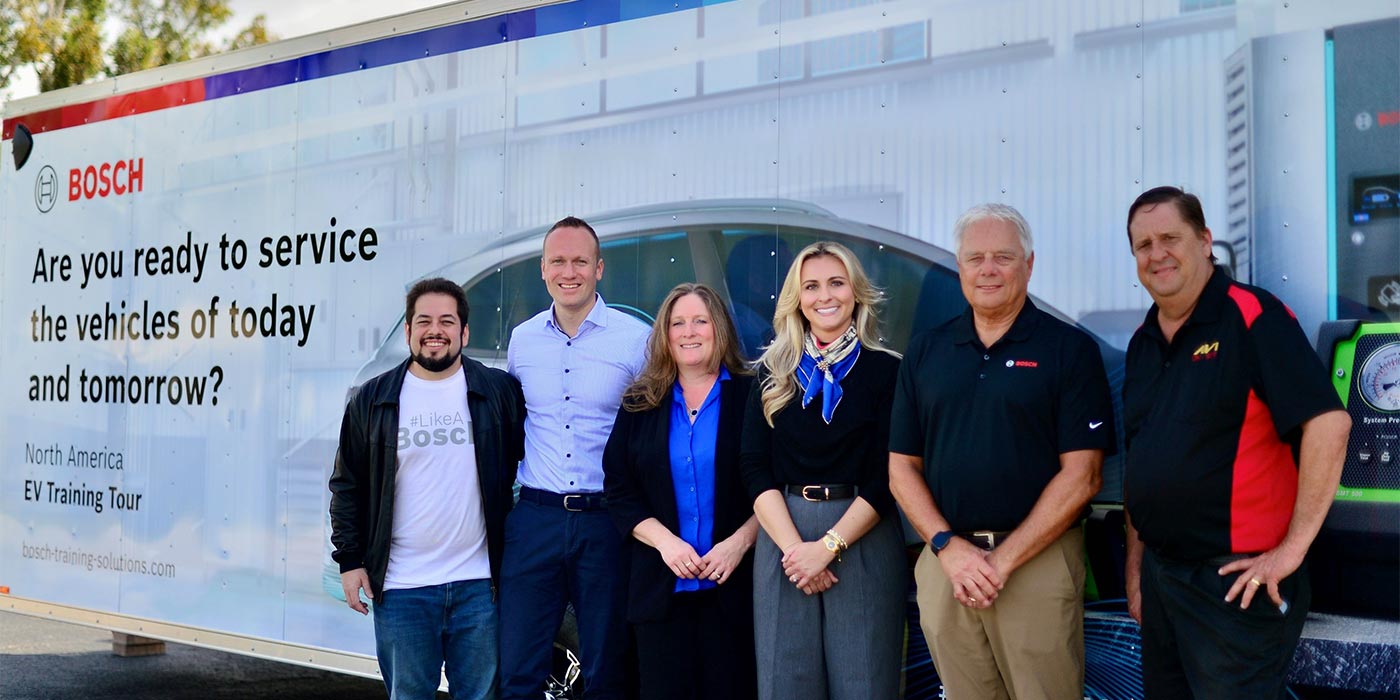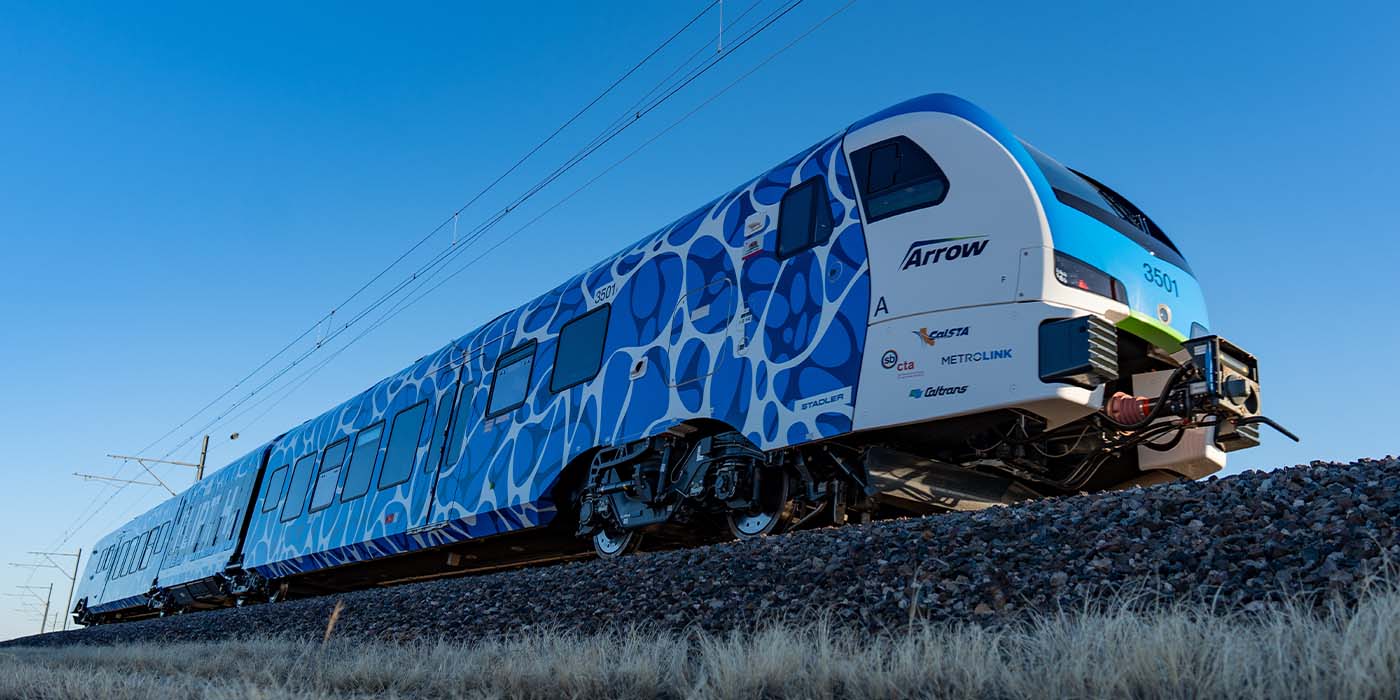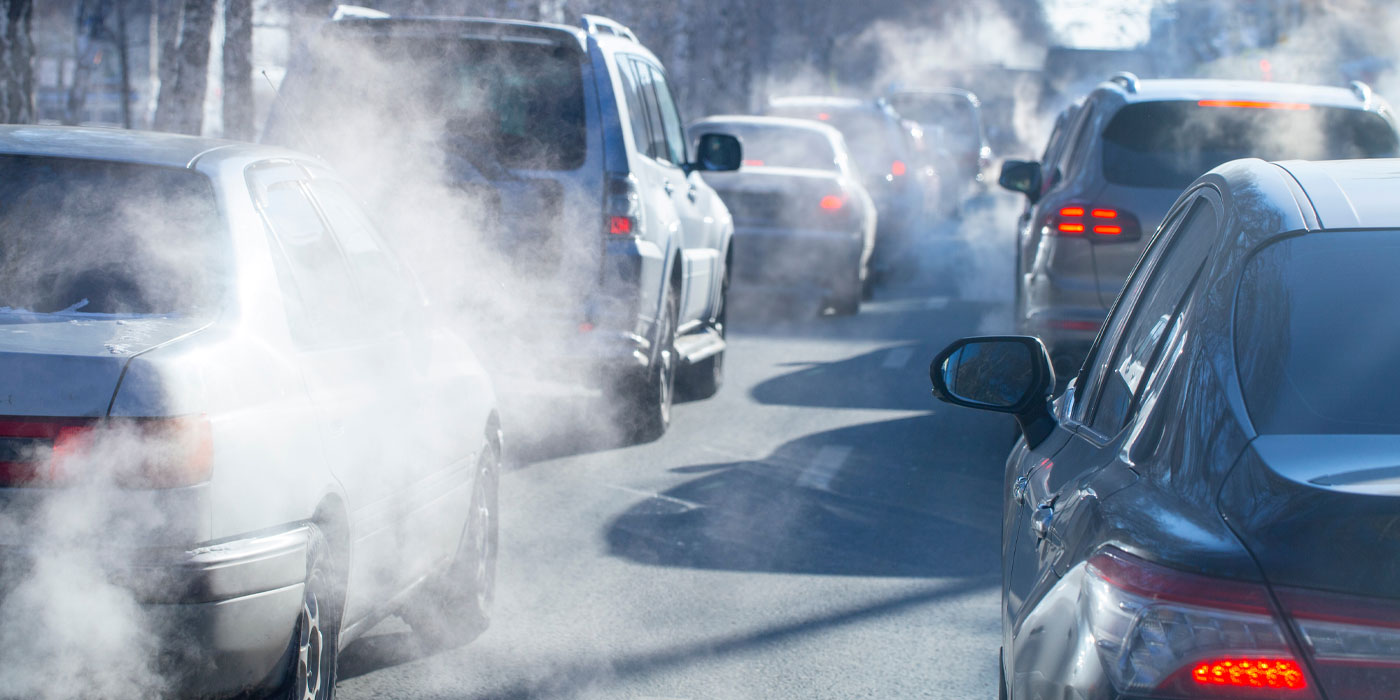During the beginning of the 20th Century, many falsehoods about internal combustion engine (ICE) vehicles were spread. A lot of the skepticism was generated by people who did not understand the technology. They feared ICE cars and trucks would kill pedestrians, and there were not enough places to buy gasoline.
The same skepticism is being cast on battery electric vehicles (BEV) during the 21st Century. Like the myths generated about ICE vehicles, much of the falsehoods can be traced back to ignorance of how electric vehicles operate. Here are six of the most misunderstood statements made about BEV.
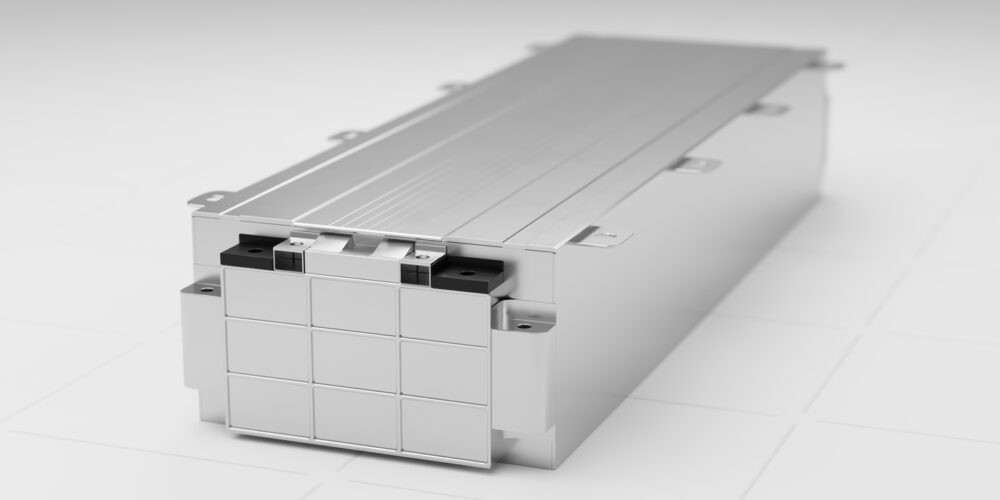
BEVs are dangerous to service
Let’s talk danger. What if I told you the vehicle in your garage can carry more than 20 gallons of highly flammable liquid? You might think that someone should do something about it. But, whether it is a full gasoline tank or a 300-volt battery, danger is always present. You just have to minimize the risk.
If you ask an electrician, any voltage over 48 volts has enough power to travel through the human body, disrupt the nervous system and potentially stop your heart. A BEV battery can deliver more than 300 volts of heart-stopping power.
The other dangerous item inside a battery is the lithium. When a battery pack is exposed to oxygen, the lithium materials burn and violently erupt in flames. These fires can be almost impossible to extinguish.
Gasoline is just as dangerous as lithium. If you think fire is the main hazard, you would be wrong. Even if the gas is not ignited, it can cause burns to the skin. If the gasoline is aspirated into the lungs, it can cause permanent lung damage in minutes.
This is why you need to be just as careful with a battery as with a gas tank. You would never lift a vehicle by the gas tank or disconnect a direct-injection fuel line without relieving the pressure. The procedures for dealing with a battery pack are the same when lifting the vehicle or disconnecting a high-voltage connector. The secret is training.
Even with these dangers, you should not be afraid to work on BEVs. The risks of working on a fuel system or battery pack are about the same. However, you probably have yet to develop fear and knowledge of what can go wrong if you do not follow basic safety procedures. This might take a decade and a lot of training to accomplish.
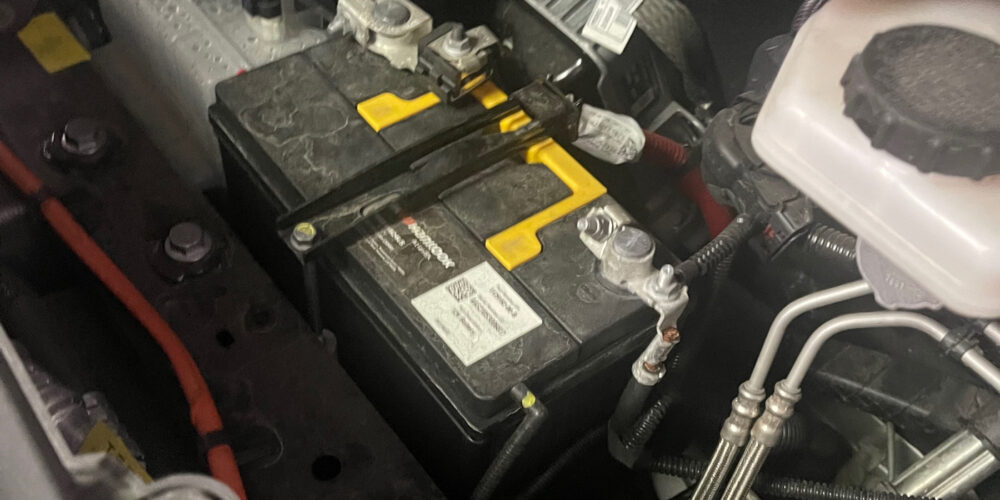
BEVs don’t need to be jump-started
The most misunderstood item on a BEV is the batteries. All BEVs have a high-voltage battery that powers the motors. The high-voltage battery can generate between 300 to 400 volts when fully charged. This battery weighs several thousand pounds and occupies considerable space under the vehicle.
There is a second battery in a BEV that many people forget. This battery is rated for 12 volts and powers many circuits and systems. Depending on the BEV, the battery can be a conventional flooded, Aggregated Glass Mat or lithium-ion.
Every BEV uses the same 12-volt architecture as ICE vehicles. The 12-volt system for power steering, lighting and just about every system other than the drivetrain or the HVAC system.
On most BEVs, the 12-volt system is also responsible for regulating the charging of the high-voltage battery. What does this mean for a technician servicing a BEV? It means most BEV repairs do not require disconnecting the high-voltage battery.
Some repair procedures require the low-voltage system to be disconnected by removing the first responder loop. This is the BEV equivalent of removing the negative battery cable before a repair. By depowering the 12-volt system, you also prevent the vehicle from switching on components while you are working on them.
Is it possible to jump-start an EV? Yes! If both batteries are depleted, you might have to apply power to the vehicle to unlock the doors and hood. Most vehicles will have an access panel on the exterior to access the wires. Then, a 12-volt battery will have to be charged or jumped to start charging the high-voltage battery.
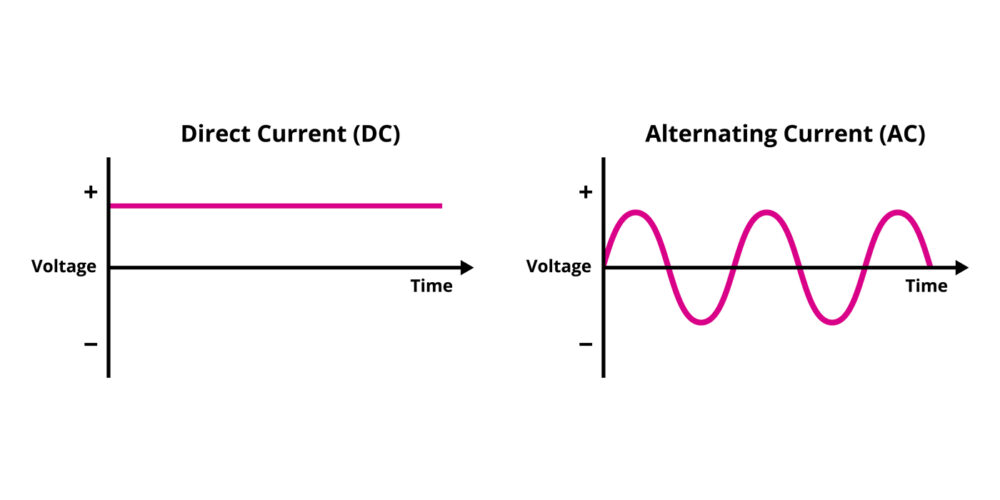
BEV chargers are all the same
One of the most misunderstood topics about BEVs are chargers. All level one and level two chargers do nothing more than provide power to the vehicle in alternating current (AC) format. Since lithium-ion batteries do not charge using AC power, it must be converted into direct current (DC).
The job of converting AC into DC power is the job of the inverter in the vehicle. This can create a bottleneck for charging where the limit is typically 220 volts or the maximum for level two charging.
DC charging or level three charging eliminates the AC power conversion bottleneck. Level three charging provides DC power directly to the vehicle. The charger can increase the voltages to 350 to 800 volts of DC power. This can dramatically reduce the time it takes to charge the battery. This is called Super Charging by Tesla.
Level one and two chargers can differ in their features to measure the output and control the timing of the charge cycle. Basic level one and two chargers are just a power supply to the vehicle that prevents sparking when connected. More sophisticated chargers can collect data on vehicle charging and even charge the vehicle when electricity is the least expensive.
Level three or DC fast charging requires significant residential and business electrical services upgrades. The electrical panel needs to be set up with three-phase power to deliver 480 volts of AC power. It can get pricey if you have requested a quote from an electrician for a third leg of power and the appropriate box.
BEVs do not have radiators
If you look at front of a BEV, you may notice the lack of openings for a radiator. It does not mean that the vehicle doesn’t have a cooling system. It just means the air for the radiator is pulled in from under the bumper or below the air dam.
All BEVs must have cooling systems to control the temperature of the battery pack, inverter and motor. The system uses non-conductive glycol-based coolant. Instead of a pump powered by the crankshaft, BEVs use electric pumps to move the coolant between the components and radiators.
The cooling system’s capacity can vary depending on the size and complexity of the battery, motor and inverter. Most systems will require between three to five gallons of non-conductive coolant.
Most BEVs will say the coolant is a lifetime fluid and should never need replacement. However, we all know that the lifetime of the fluid is limited by the life of the leaking components connected to the cooling system. When a pump or seal is replaced, the manufacturer bet you will renew the coolant.
Coolant degradation in BEV is different than in an ICE vehicle. The system pressures and temperatures are lower in a BEV. Also, it is not subjected to cavitation or contaminates like oil.
The big change is a BEV cooling system is always active. When a BEV is parked or charging, the coolant controls the battery’s temperature. This can cause faster degradation of the coolant.
BEVs have significant opportunities for cooling system repair, including radiator replacement. Coolant is available from aftermarket sources and is sometimes called battery coolant.
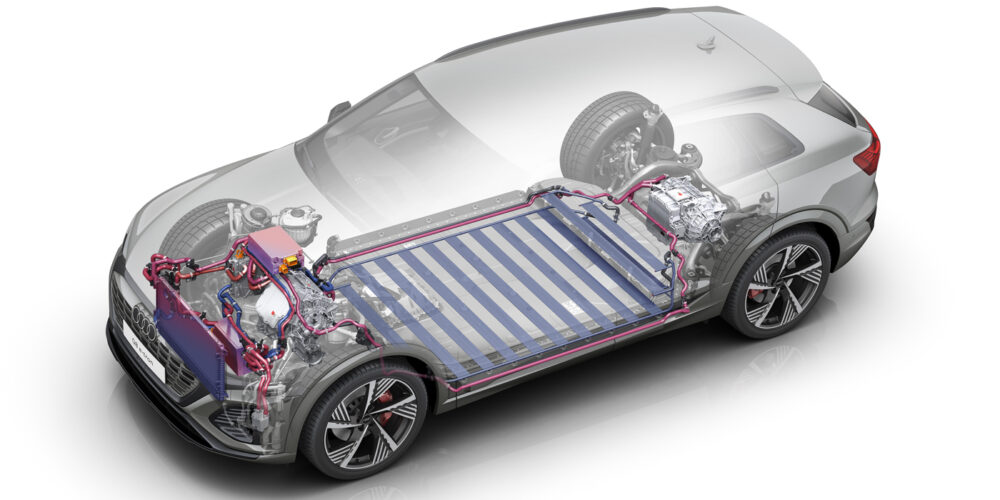
Tires are the same for BEVs and ICE vehicles
When you select tires for most vehicles, you might first look at the sidewall for the size. But if it is an electric vehicle, the size of the tire is only one piece of information. While there is no standardized rating for BEV tires, many manufacturers are introducing new tires rapidly. But do you need BEV-specific tires? Yes.
The first consideration is load. A tire might be the correct size for an EV, but it might not have the same load and speed ratings as the original.
BEVs can be hard on tires due to the electric motor’s instant torque. Also, the weight of the vehicle’s battery pack can add extra weight that can wear tires faster. The tires for some electric vehicles are engineered for specific performance characteristics.
The other consideration is friction and rolling resistance. Some tire manufacturers use compounds and tread designs that minimize rolling resistance to increase the range of the vehicle. Some replacement tires could have better handling at the cost of rolling resistance.
The last consideration is noise. Since electric vehicles do not have internal combustion engines to drown out tire noise, the driver might notice a lower-quality tire.
BEVs do not need TPMS
While a BEV gets a free pass for EPA emissions testing, it still must comply with Federal Motor Vehicle Safety Standards (FMVSS) for tire inflation monitoring or TPMS.
All BEVs must be equipped with a TPMS system. These systems operate like an ICE vehicle, with warnings if the inflation pressure is too low or high. The service procedures are usually the same as ICE vehicles.
The operation of the TPMS system matters more to BEVs because most do not have spare tires due to weight and range considerations. Neglecting to service the TPMS system might leave the driver waiting for a tow truck.
Brakes on BEVs don’t wear out
In 2018, Elon Musk tweeted, “…Brake pads on a Tesla literally never need to be replaced for the lifetime of the car.” Elon was referencing how regenerative braking, instead of hydraulic brakes, performs the majority of braking.
Regenerative braking can’t be used all the time. When the motor can’t create enough drag at low speeds to bring the vehicle to a smooth stop, the hydraulic brakes start working.
While most Tesla models can go 50,000 to 90,000 miles on the original pads, they need some help to go the distance. In the service schedule, all Tesla models have a task during the annual inspection of the brake and cleaning of the caliper. If the caliper is not inspected or serviced, debris and corrosion can cause uneven brake pad wear. This can cause the brake pads to not reach the expected distance.
Humans are preprogrammed to fear what we do not understand. This instinct has kept people alive for thousands of years. With vehicle electrification, the fear is stoked by new technology, that when presented in the wrong context, can scare shops away from working on electric vehicles. The only cure for the anxiety is education and exposure.

